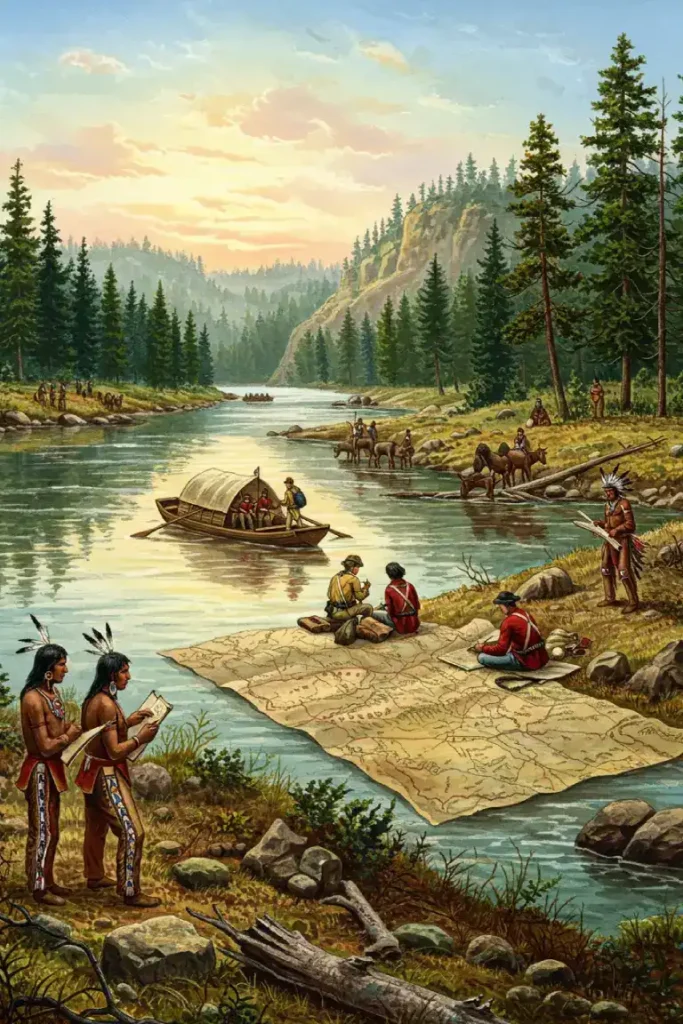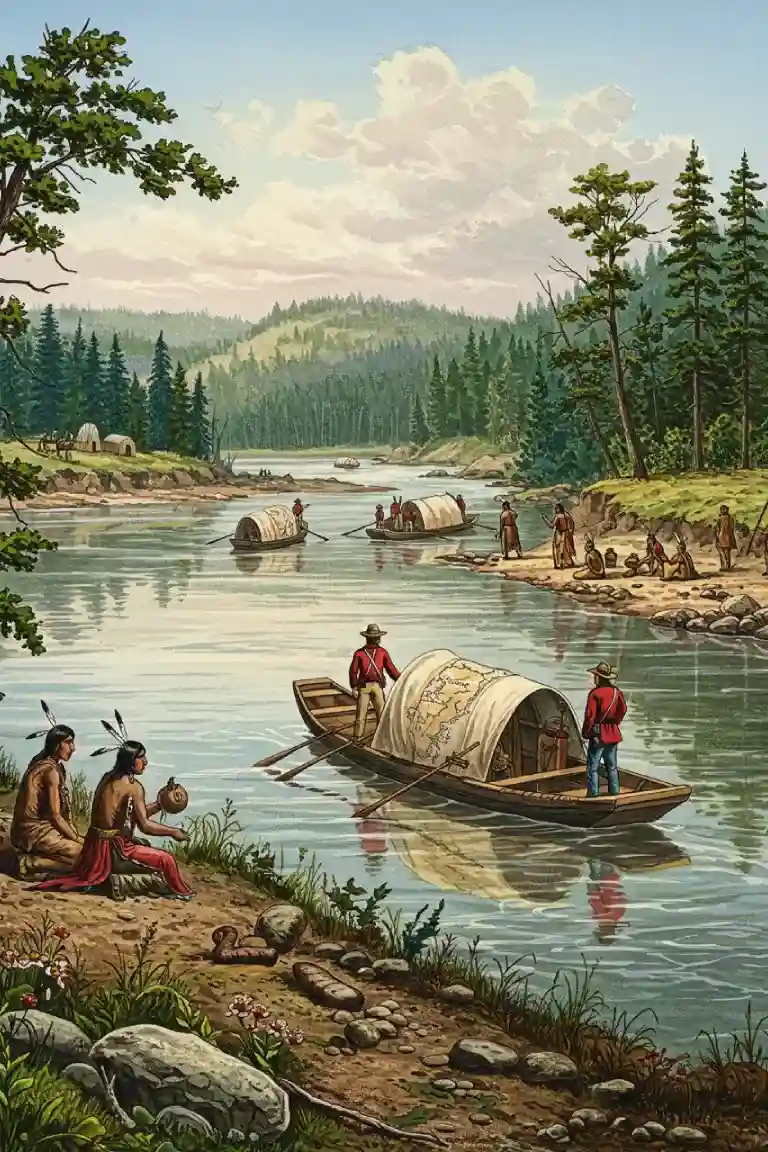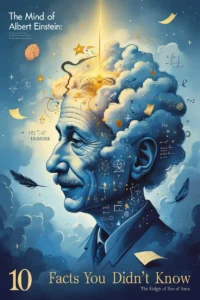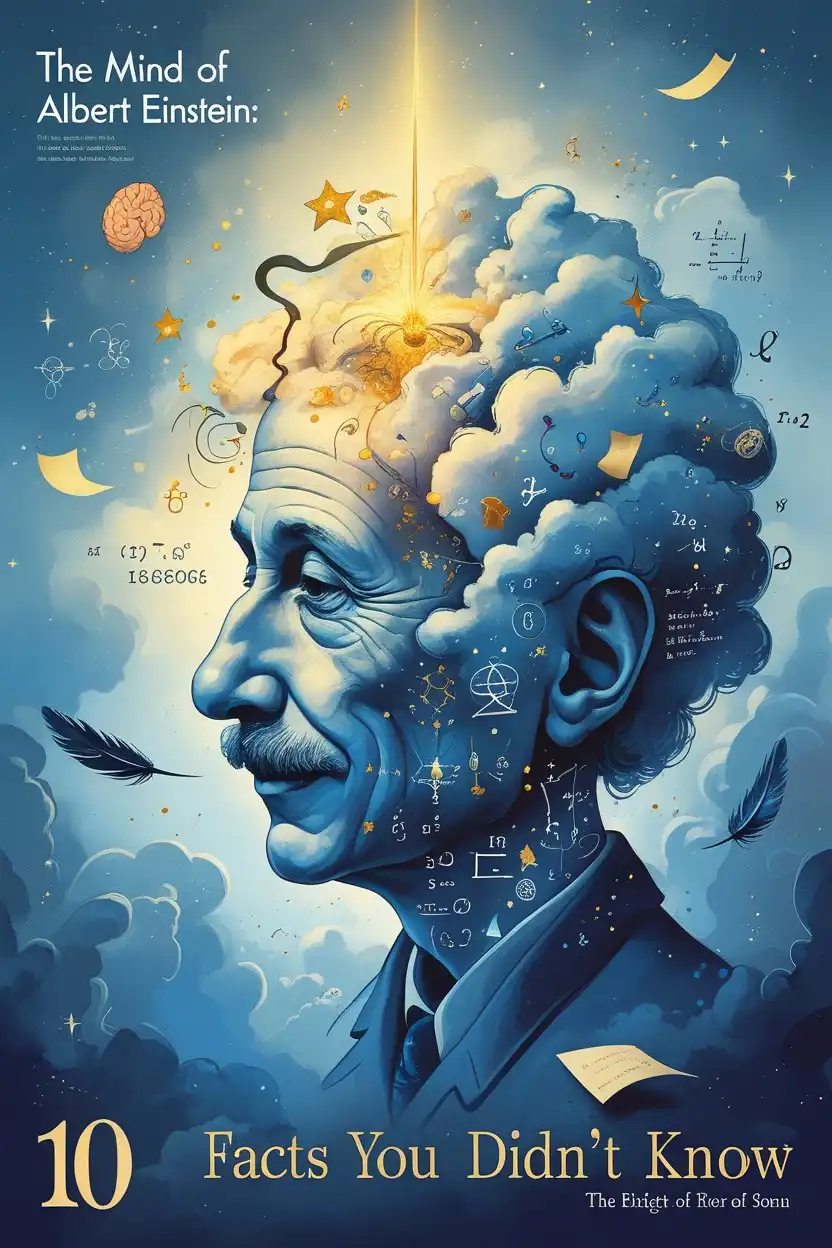In the early 19th century, the vast expanse of the American West was a mystery waiting to be unraveled. At the heart of this exploration stood two men, Meriwether Lewis and William Clark, whose expedition would become one of the most iconic journeys in American history. Their mission was not just one of discovery but a bold step into the unknown, filled with challenges, triumphs, and a legacy that continues to inspire.
The Mission Behind the Expedition
In 1803, President Thomas Jefferson acquired the Louisiana Territory from France in what is now known as the Louisiana Purchase. This monumental deal doubled the size of the United States, but much of this new land was uncharted. Jefferson envisioned an expedition to map the territory, establish trade with Native American tribes, and find a practical route to the Pacific Ocean. He turned to his trusted aide, Meriwether Lewis, to lead this endeavor. Lewis, in turn, selected his friend and seasoned frontiersman William Clark to co-lead the journey.
The expedition, officially called the Corps of Discovery, began in May 1804. With a team of around 40 men, including soldiers, boatmen, and interpreters, Lewis and Clark set out from St. Louis, Missouri, venturing into the unknown wilderness.

Trials and Triumphs
The journey was anything but easy. The Corps faced numerous obstacles: harsh weather, treacherous rivers, unfamiliar terrain, and the ever-present challenge of maintaining supplies. Yet, they persevered, driven by their mission and an unyielding sense of adventure.
One of their most significant allies was Sacagawea, a Shoshone woman who joined the expedition with her husband, Toussaint Charbonneau. Sacagawea’s knowledge of the land and ability to communicate with Native American tribes proved invaluable. Her presence also signaled to other tribes that the group was peaceful, as war parties rarely traveled with women and children.
Despite the hardships, the expedition achieved remarkable feats. They meticulously documented new plant and animal species, mapped uncharted territories, and established diplomatic relations with numerous Native American tribes. Their journey reached its climax in November 1805 when they finally sighted the Pacific Ocean—a moment of triumph that symbolized the success of their mission.
The Legacy of Lewis and Clark
After two years and over 8,000 miles traveled, the Corps of Discovery returned to St. Louis in September 1806. Their journey had expanded the nation’s understanding of its newly acquired lands and laid the groundwork for westward expansion.
The legacy of Lewis and Clark endures as a testament to human curiosity and resilience. Their detailed journals remain a priceless record of a transformative era in American history. Their expedition not only charted unknown territories but also set a precedent for exploration and scientific inquiry that continues to shape our world today.
As we reflect on their journey, we are reminded of the power of courage and determination in facing the unknown. Lewis and Clark’s story is more than an exploration; it is a celebration of discovery, teamwork, and the unyielding spirit of adventure that defines humanity.





